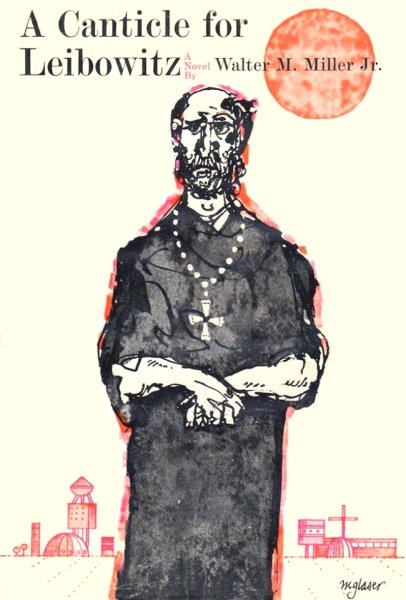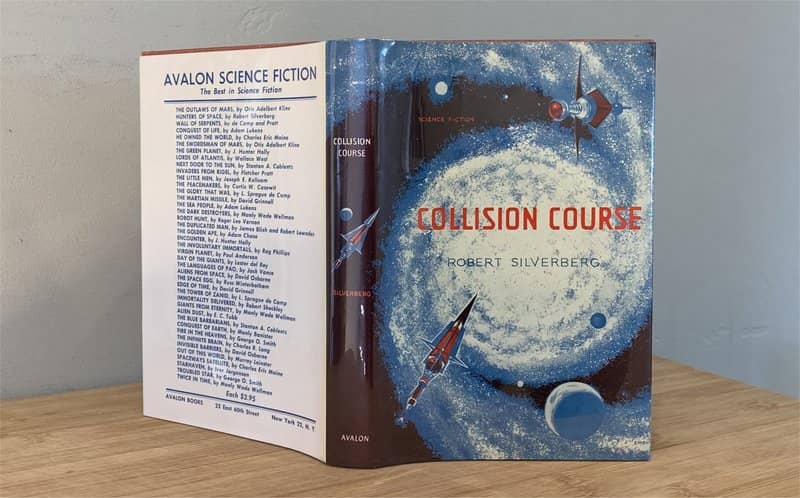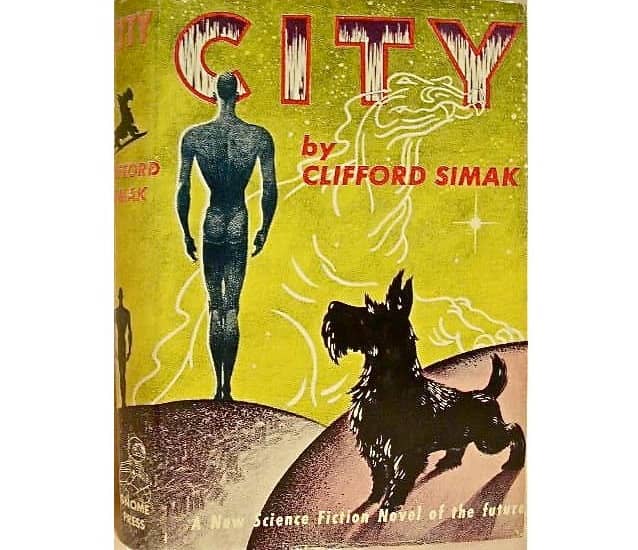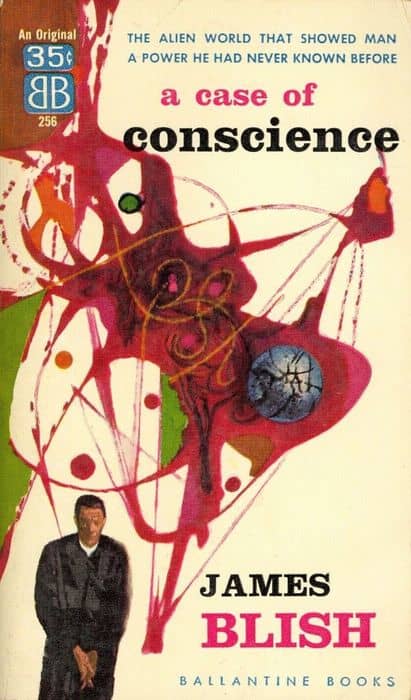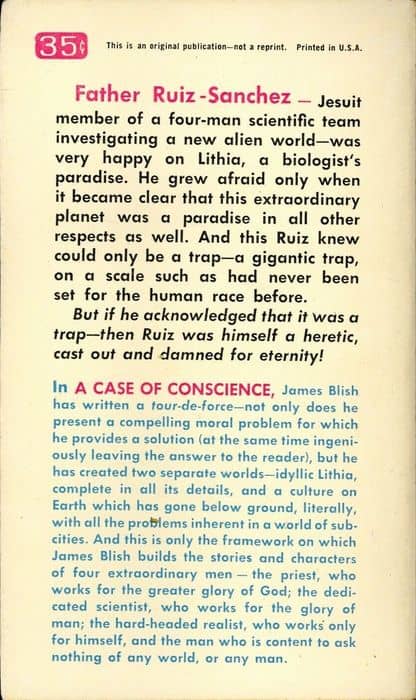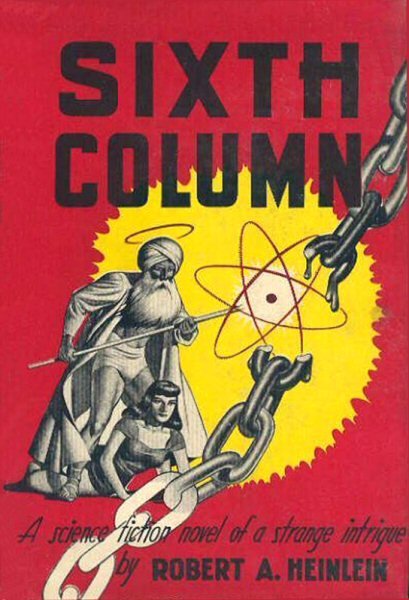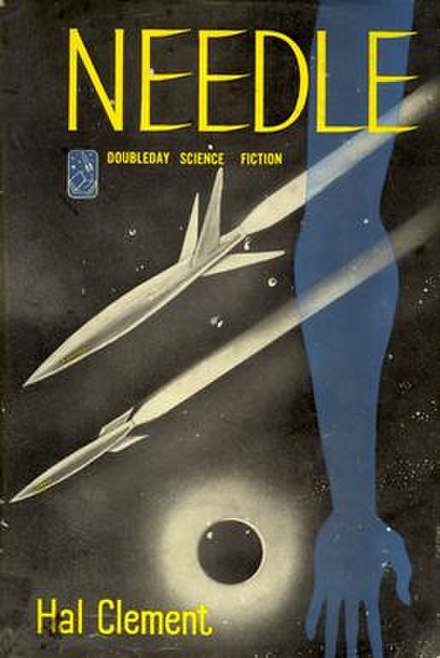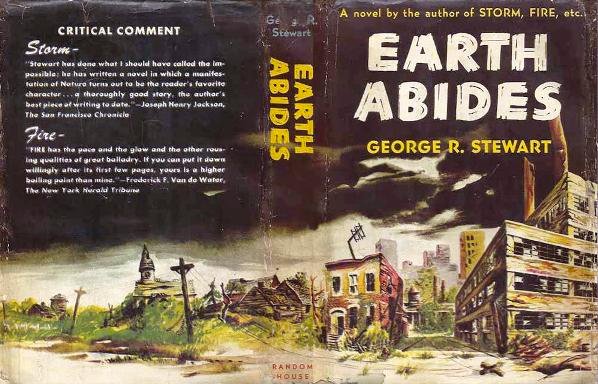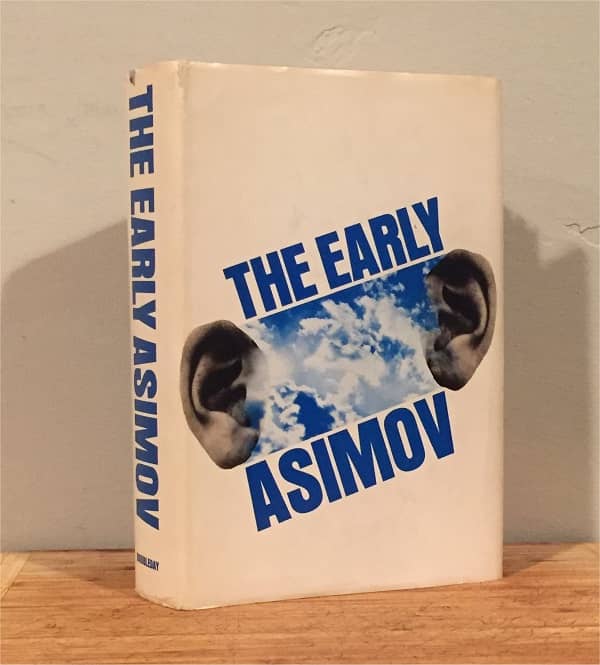Cycles of History and the Eternal Church: Walter M. Miller, Jr.’s A Canticle for Leibowitz
A Canticle for Leibowitz by Walter M. Miller, Jr. First Edition: J.B. Lippincott, 1959.
Cover by Milton Glaser (click to enlarge)
A Canticle for Leibowtiz
by Walter M. Miller, Jr.
J.B. Lippincott (320 pages, $4.95 in hardcover, 1959)
This 1959 novel is one of the most popular and celebrated science fiction novels of all time. It won a Hugo Award and has a long list of critical citations. It’s set in the years following an atomic war, it portrays religion in a relatively favorable way (in contrast to the dismissive attitude of much other SF), and it dwells on the theme of man’s destiny, and its possibly inevitable fate in cycles of building and self-destruction. It’s sober and deadly-serious in parts, and it’s also quite funny in parts, which I hadn’t remembered since reading it decades ago. Something else I discovered when rereading recently: it doesn’t end the way I remembered that it did.
